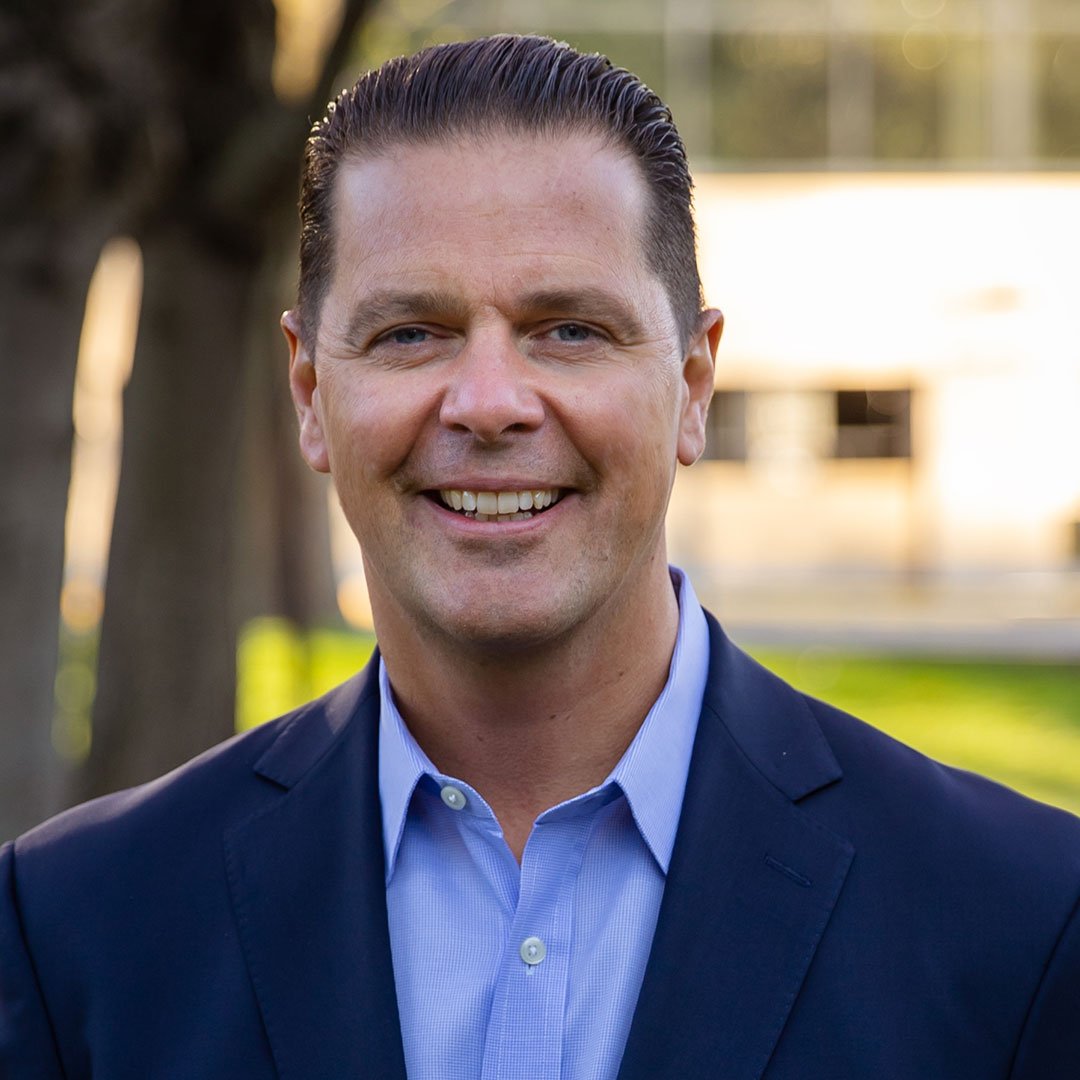Gartner identified anywhere operations as a top technology trend for 2021. Partly driven by the COVID pandemic in 2020 as well as the ongoing trend toward mobility, it refers to a business model that assumes employee and customers could be accessing services from anywhere. For companies, that means implementing more intuitive ways for employees to collaborate remotely and be productive, and for customers to interact with them and experience their products and service.
To deliver new capabilities across a more widely distributed physical and virtual environment. IT teams will need to become more agile, adopting new ways of working.
In a previous blog post we introduced anywhere operations and highlighted the five areas that Gartner suggests IT teams focus on:
- Automating endpoint operations
- Adapting infrastructure to new ways of working
- Enhancing end user productivity and collaboration
- Optimizing cloud and edge infrastructure
- Improving the digital experience
Here we will focus on what will be required to adapt infrastructure to new ways of working.
As enterprises introduce new technologies to adapt to changing demands, it’s not always viable to replace legacy infrastructure as it’s often an integral part of the business. One example is cloud adoption. Even though investments overtook on-prem spending for the first time in 2020, enterprises will continue to operate a hybrid infrastructure, maintaining on-prem datacenters and equipment for many reasons including regulatory compliance and security.
For many IT teams the barrier to agility is this mix of technologies required to manage IT infrastructure. For the most part those tools don’t interact so data has become siloed, and it’s hard to access a clear view or see how future program rollouts will affect operations.
Manual processes reign for many. If you have ever tried to roll out an OS update to thousands of people, or servers using manual workflows, you know how time-consuming and risky it is. From aggregating and normalizing data in static spreadsheets through planning, scheduling, communicating, rolling out the update and reporting – any change has the potential to negatively impact end users or business operations and cause projects to run over time and budget if you don’t have accurate data and tightly managed workflows.
What’s needed to deliver anywhere operations?
To deliver on the promise of anywhere operations IT teams need to become more agile and react quickly to dynamically changing market and end user demands. This means digitally transforming your own processes and operations. You need to cut through the barriers created by disparate CMDBs, ITSM’s, Access Management Systems, and other data repositories such as HR systems.
By aggregating and normalizing data from all these systems, you’ll get a clear, accurate view of your infrastructure. This will allow you to better understand the effect changes will have, the potential risks you need to address, and how and when to roll out change to benefit your enterprise.
Leverage agility through a digital platform conductor
You may be happy to find out there is a way to reduce the complexities created by your disparate infrastructure management tools and that’s by implementing a digital platform conductor (DPC). A digital platform conductor will connect to and orchestrate all your existing tools, leveraging artificial intelligence and machine learning.
Using a digital platform conductor you’ll be able to quickly leverage a real-time view of your environment and all the dependencies within it to maintain business continuity as changes are implemented. It also eliminates the need to manually interact with other IT systems to execute workflows by acting as a central command and control platform. Using a DPC you’ll gain immediate insights into program status and risk.
Book a demo to understand how ReadyWorks, a digital platform conductor, will help you adapt your legacy infrastructure to leverage automation and deliver anywhere operations faster and with less risk.

